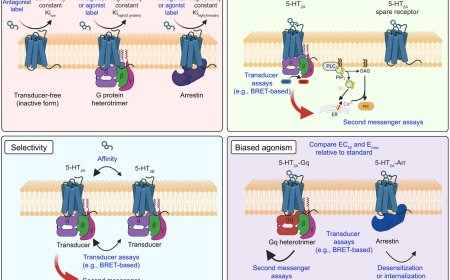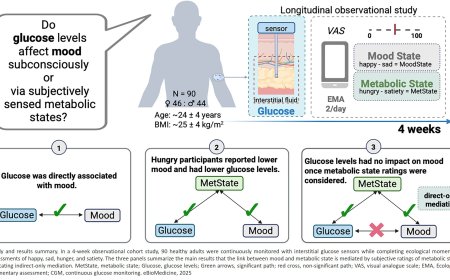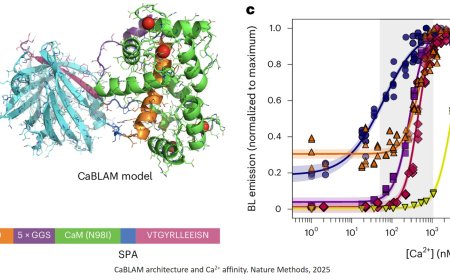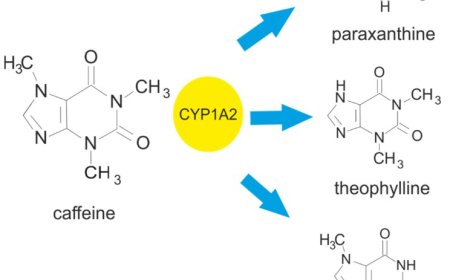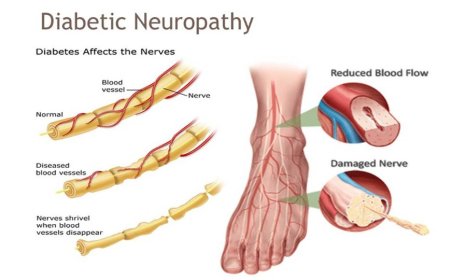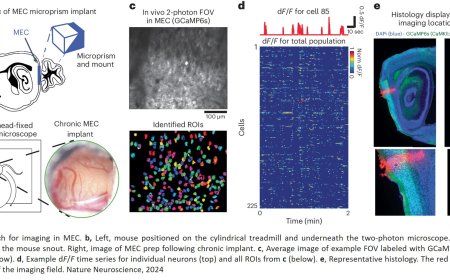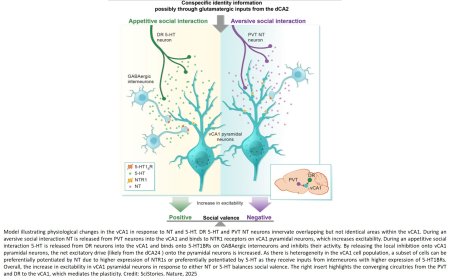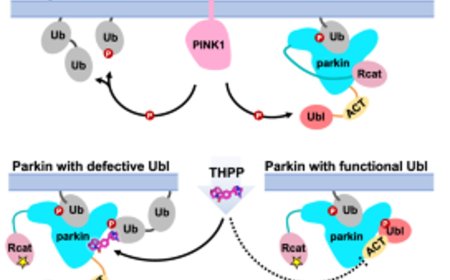Anti-anxiety and hallucination-like effects of psychedelics mediated by distinct neural circuits
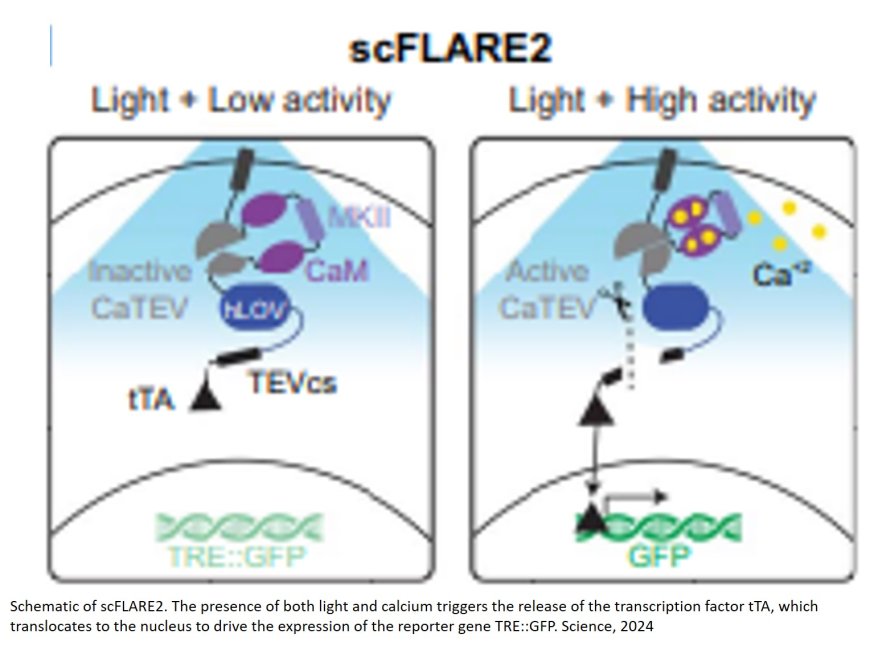
New research suggests that it could be possible to separate treatment from hallucinations when developing new drugs based on psychedelics. The anti-anxiety and hallucination-inducing qualities of psychedelic drugs work through different neural circuits, according to research using a mouse model. The work is published in Science.
The research shows that decoupling the beneficial effects of psychedelics from their hallucinogenic effects isn’t just a matter of chemical compound design. It’s a matter of targeted neural circuitry.
“In the past, we did this using chemistry by making new compounds, but here we focused on identifying the circuits responsible for the effects, and it does seem that they are distinct,” said study co-author. “This is an important mechanistic study that validates our earlier results.”
The researchers measured anxiety in mouse models with two tests: the elevated plus maze and the marble burying test.
In the elevated plus maze, mice are placed in a cross-shaped maze raised a couple of feet off the ground. Two arms of the maze have high walls while the other two arms remain open and have no walls. Mice with high anxiety tend to stay in the closed arms with high walls, not willing to explore the open arms.
In the marble burying test, mice with high anxiety tend to continuously and compulsively bury marbles in their bedding.
“It is well known that in mice, psychedelics induce reduced marble burying and promote exploration of the open arms of the plus maze,” said the study’s corresponding author. “But there is also an intoxicating or hallucinogenic-like effect, which can be measured through head twitches in mice.”
In the study, the team dosed mouse models with the psychedelic 2,5-dimethoxy-4-iodoamphetamine (DOI). They found that six hours after the dose, the mice still exhibited reduced marble burying and increased open arm time in the elevated plus maze. However, the head twitches associated with hallucinations had disappeared.
“We thought that if we could identify which neurons activated by DOI were responsible for reducing anxiety, then we might be able to reactivate them at a later time to mimic those anti-anxiety-like effects,” the author said.
To identify the specific neural circuits associated with anti-anxiety effects, the team used a molecular tagging tool called scFLARE2 to highlight the neurons activated by DOI in the medial prefrontal cortex — a brain region known to be involved in reducing anxious behavior in mice.
The tagging allowed the team to isolate a psychedelic responsive network that extends beyond 5-HT2AR expressing neurons, the main receptor avenue through which psychedelics promote neuroplasticity.
Equipped with a fluorescent map of the neurons activated by DOI, the team then used optogenetics, or light, to reactivate those neurons.
“When we performed the scFLARE2 tagging and reactivation of these specific prefrontal cortex cells, we could still drive a reduction in anxiety-like behaviors, measured as decreased marble burying and increased open arm exploration in the elevated plus maze,” the author said. “We could do this just by targeting the DOI-activated cells and then reactivating them the next day.”
The team also used single nucleus RNA sequencing to genetically profile the specific types of neurons in the DOI-activated network. Of the nine neuron group types identified, three exhibited high activation.
“While some of the cell types activated by DOI had strong 5-HT2AR expression, there were others that did not,” the author said. “What is likely happening is that we are getting direct activation of cells that express 5-HT2AR, and then they go on to activate additional downstream cells that can trigger behavioral changes.”
“It is important to realize that the cells that we are tagging and reactivating extend beyond just those that express the receptor for the drug,” the author added.
The finding emphasizes how activating single touchpoints in the brain spirals out into the rest of the network.
“While DOI is a potent psychedelic, it is not being explored as a potential therapeutic drug in the clinic. Thus the findings here are focused on dissecting the basic circuit mechanisms of this important class of drugs,” the author said.


